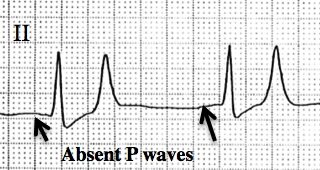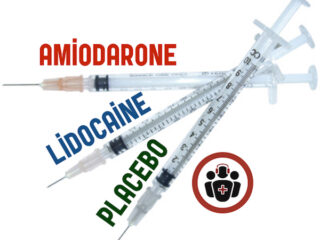Best Case Ever 50 – Delirium Tremens
In anticipation of EM Cases Episode 87 on Alcohol Withdrawal Dr. Sara Gray describes her Best Case Ever of severe alcohol withdrawal and Delirium Tremens from Janus General. Also on this podcast Dr. Anand Swaminathan reacts to Episode 86 Emergency Management of Hyperkalemia and discusses the use of calcium in the setting of digoxin toxicity. Early recognition and treatment of Delirium Tremens - a rapid onset of severe alcohol withdrawal accompanied by delirium and autonomic instability about 3-10 days after the appearance of withdrawal symptoms - is key to preventing long term morbidity and mortality...










